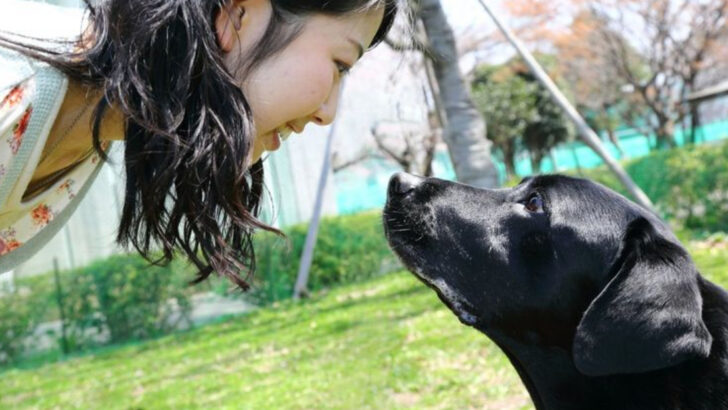Your dog knows what you’re feeling—sometimes before you do. It’s not just those puppy eyes or the wagging tail. Dogs are master mind-readers, tuned in to your every breath, blink, and sigh like four-legged emotional detectives. They can spot when you’re sad by the way you walk. They hear the tension in your voice before your best friend picks up the phone. They even know when you’re faking a smile (rude, but impressive). Science is only just catching up to what dog lovers have known forever: our pups get us. Not kind of, not maybe—they really do. So how exactly does your furry sidekick pull off this emotional espionage? Let’s uncover 15 ways your dog is reading you like a bedtime story—and why you should never underestimate a nose, a tail, or those ears that always seem to know when you need a hug.
The Gaze of Understanding
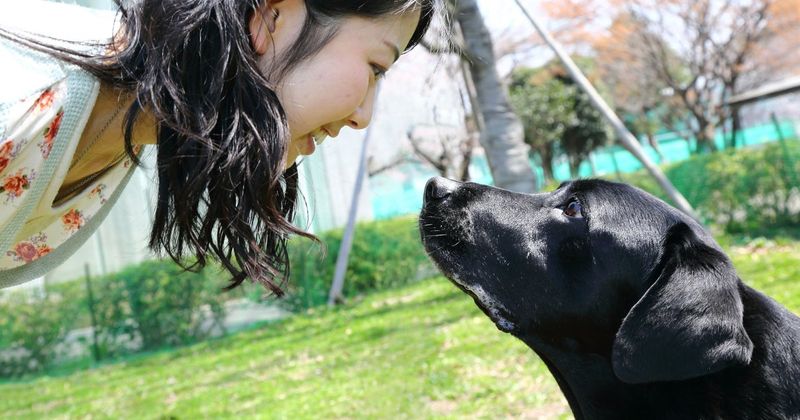
When a dog looks deeply into your eyes, they’re not just seeking attention; they’re trying to read your feelings. Eye contact releases oxytocin in both humans and dogs, fostering a strong emotional connection. This bond helps them understand if you’re happy, sad, or anxious.
With each gaze, dogs decode our emotions, reacting with empathy and affection. Their eyes are windows to their loyalty, often mirroring our own emotions back to us. Truly, their understanding gaze is a testament to the unique bond shared between humans and dogs.
Listening to Your Tone

Dogs are masters at interpreting the tone of your voice. They can distinguish between a joyful, excited tone and an angry or disappointed one. By focusing on your voice’s inflection, they gauge your mood, adjusting their behavior accordingly.
Whether you’re celebrating a success or lamenting a rough day, dogs listen and respond with unwavering support. Their ability to comprehend the nuances of human emotion through tone alone showcases their remarkable sensitivity.
Sensing Your Routine

Dogs have an incredible knack for recognizing daily routines. They seem to know precisely when you’re about to leave or return home. This isn’t magic; it’s their keen observation skills at work.
By connecting subtle cues, like the sound of your keys or the time of day, they predict your actions accurately. Their understanding of routine is a testament to their attentiveness and ability to adapt to human schedules.
Responding to Body Language
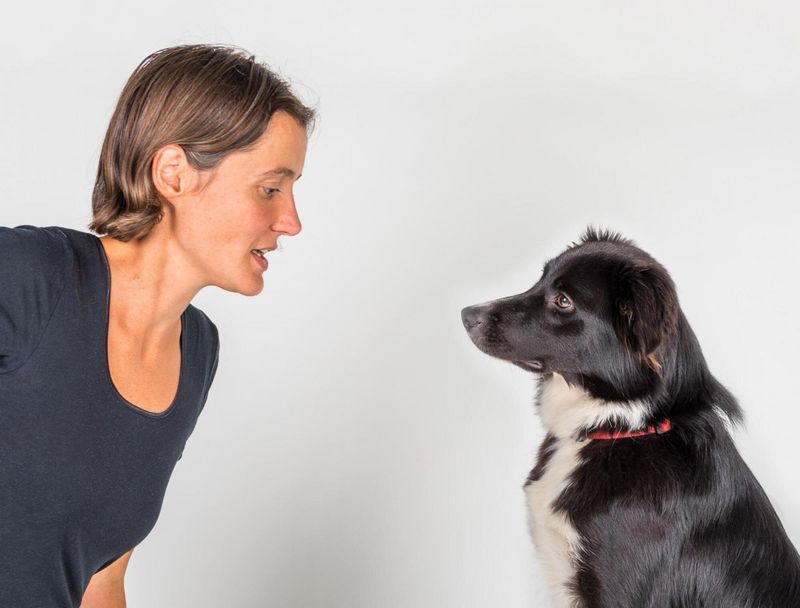
Your dog is an expert reader of body language. They notice when you cross your arms, smile, or frown, responding instinctively to these signals. This skill allows them to communicate non-verbally, mirroring your actions or offering comfort when needed.
The connection between body language and behavior is profound, reflecting a shared understanding that transcends words. Dogs’ attentiveness to our physical cues illustrates their remarkable ability to empathize with us.
Empathy Through Scent

A dog’s nose is a powerful tool for understanding emotions. They can detect changes in your scent that correspond to different emotional states, such as stress or happiness.
This olfactory insight allows dogs to sense when you’re upset, often leading them to offer comfort. The way they use their sense of smell to connect with your emotions highlights their incredible empathy and attunement to your needs.
Mirroring Your Energy
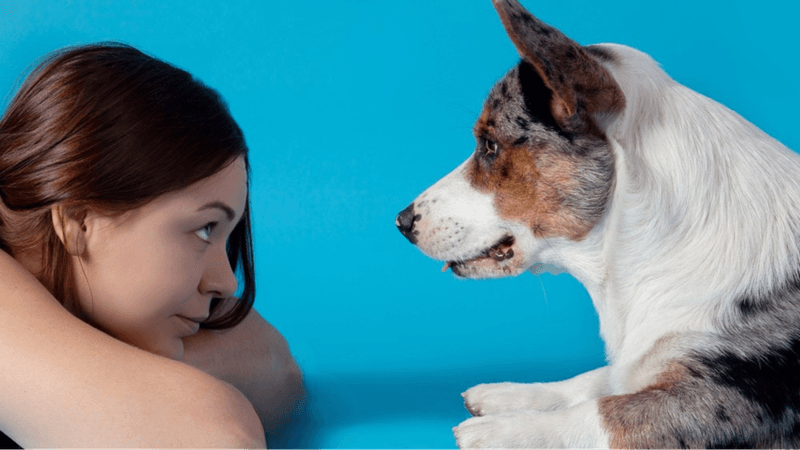
Dogs often reflect the energy levels of their owners. If you’re full of energy, excited, and playful, they’ll likely match your vigor. Conversely, if you’re calm or tired, they’ll adapt to that pace.
This mirroring shows how dogs tune into your emotional and physical state, adjusting their behavior to harmonize with yours. It’s a testament to their adaptability and desire to connect.
Understanding Your Needs
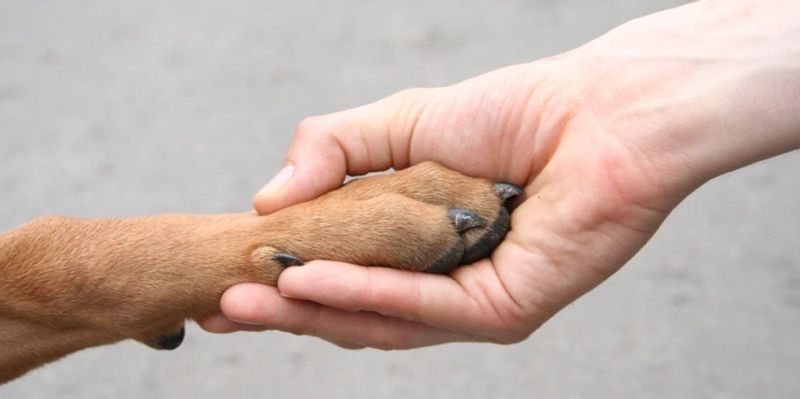
Many dogs naturally recognize their owners’ needs and desires. Whether it’s bringing you a lost item or nudging you for a walk, they seem to understand what you’re thinking.
This intuitive behavior showcases their intelligence and willingness to assist. By observing your habits and preferences, dogs develop an understanding of your needs, often surprising you with their perceptiveness.
Detecting Health Changes

Some dogs possess the extraordinary ability to detect health changes in their owners. They can sense shifts in blood sugar levels, seizures, and even some cancers. This remarkable skill is often attributed to their keen sense of smell.
By picking up on subtle changes in your scent or behavior, dogs can alert you to potential health issues, sometimes even before you’re aware of them. Their ability to act as a protective health monitor is invaluable.
Picking Up on Social Cues
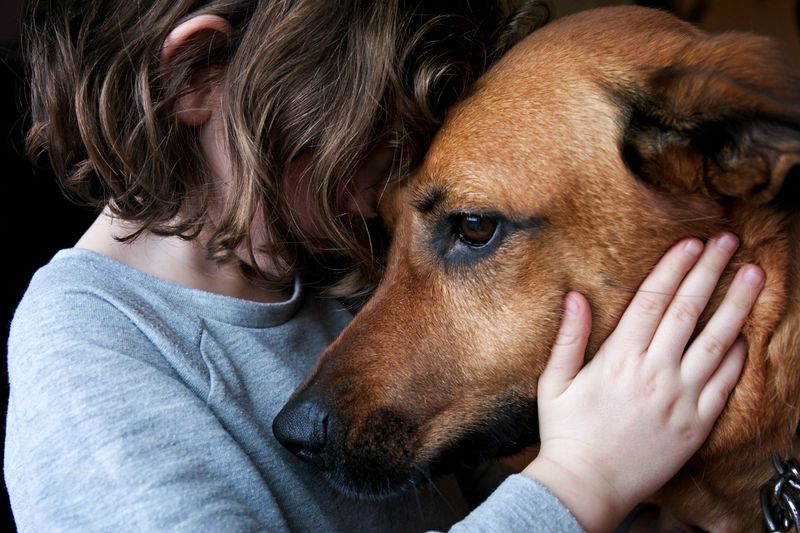
Dogs are astute observers of social interactions. They can sense tension between people, often reacting by attempting to diffuse the situation or offering comfort.
Their awareness of social dynamics extends to recognizing friendly exchanges, joining in with wagging tails and excited barks. This social intelligence highlights their ability to navigate complex human interactions, making them wonderful companions.
Making Emotional Connections
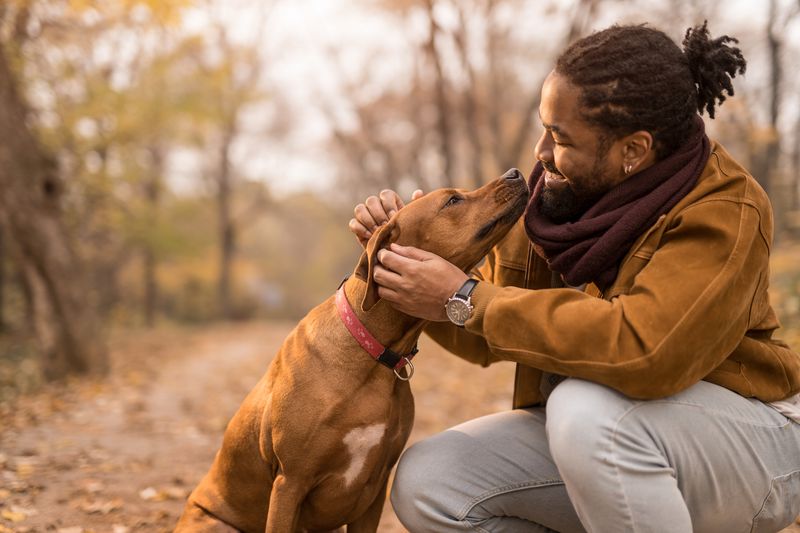
Dogs form deep emotional bonds with their owners. They can sense when you’re feeling down, often responding with affectionate nudges or laying beside you. This connection is rooted in their ability to empathize and offer support without judgment.
Their understanding of human emotions creates a comforting presence, making them gentle allies during tough times. This emotional connection is a cornerstone of the human-dog relationship.
Learning Through Observation
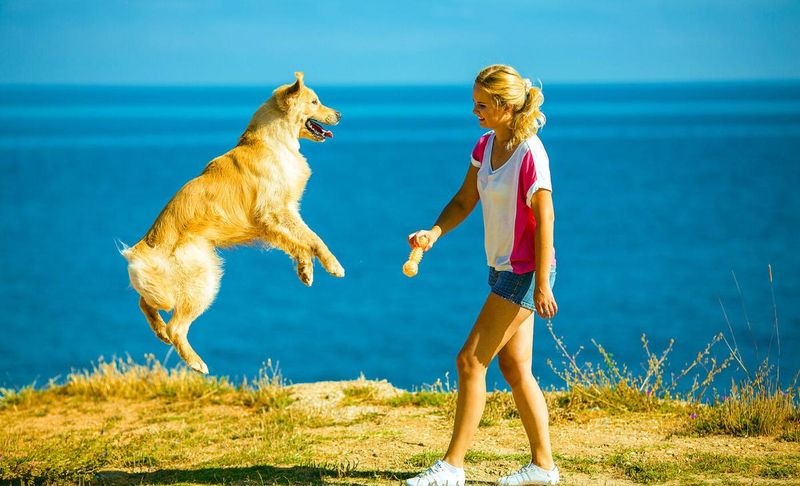
Dogs are quick learners when it comes to observing human behavior. They watch your actions and can replicate them to please you or join in activities. Whether it’s opening a door or fetching a specific item, dogs use observation to understand and interact with their environment.
This ability to learn by watching demonstrates their intelligence and desire to engage with the world around them.
Reacting to Your Silence
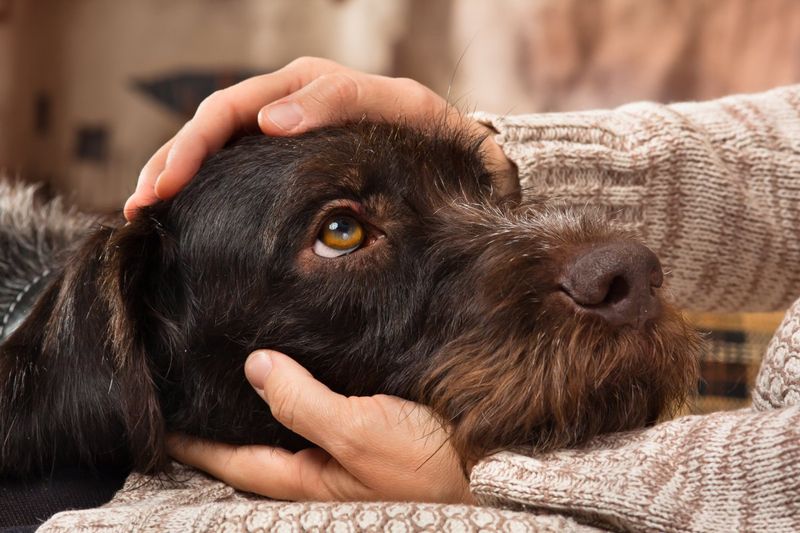
Sometimes, dogs understand the power of silence. They recognize when you need quiet companionship, offering their presence without demands or noise. This intuitive response to silence provides comfort, showing their understanding of unspoken needs.
Their ability to adapt to your silence reflects their sensitivity and deep connection with you, offering solace through mere presence.
Recognizing Change in Environment
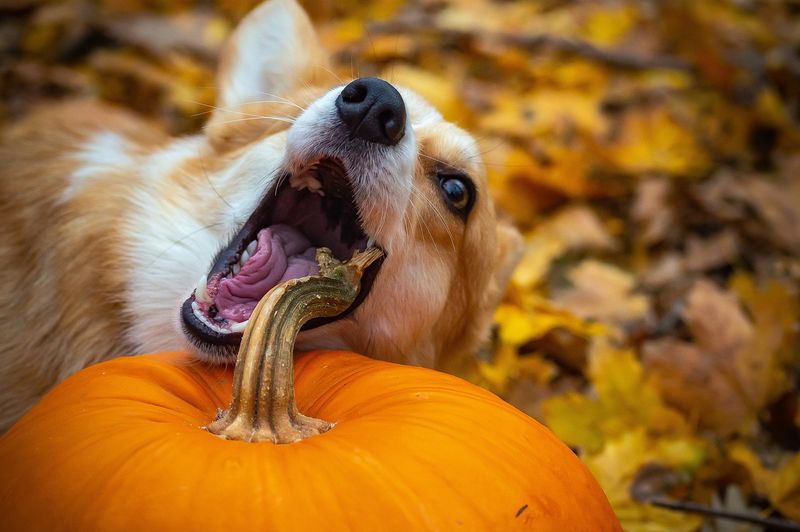
Dogs are sensitive to changes in their environment, from rearranged furniture to the introduction of new family members. Their keen perception allows them to adapt, offering support and companionship during transitions.
By noticing these changes, they help maintain stability and comfort, reflecting their loyalty and attentiveness to your surroundings.
Understanding Human Gestures

Dogs are adept at understanding human gestures. They can follow a pointed finger or respond to a beckoning call, showcasing their ability to read and react to non-verbal communication.
This skill is a vital part of their communication repertoire, allowing them to interact seamlessly with humans. Their understanding of gestures underscores their intelligence and adaptability.
Interpreting Emotional States
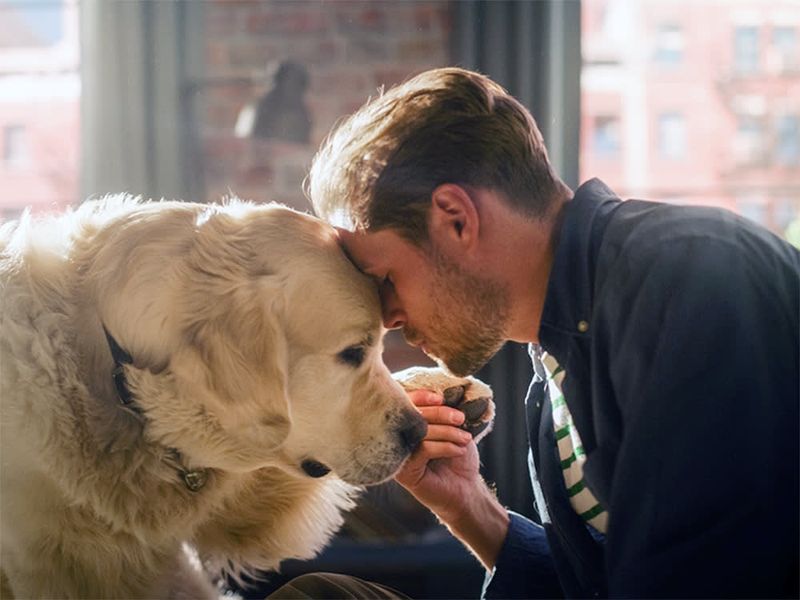
Dogs have an innate ability to interpret human emotional states. They sense stress, happiness, and other feelings, often responding with actions that soothe or celebrate with you.
This understanding goes beyond words, as they connect on an emotional level that few other animals can match. Their ability to sense and react to your emotions is a profound testament to their empathetic nature.

